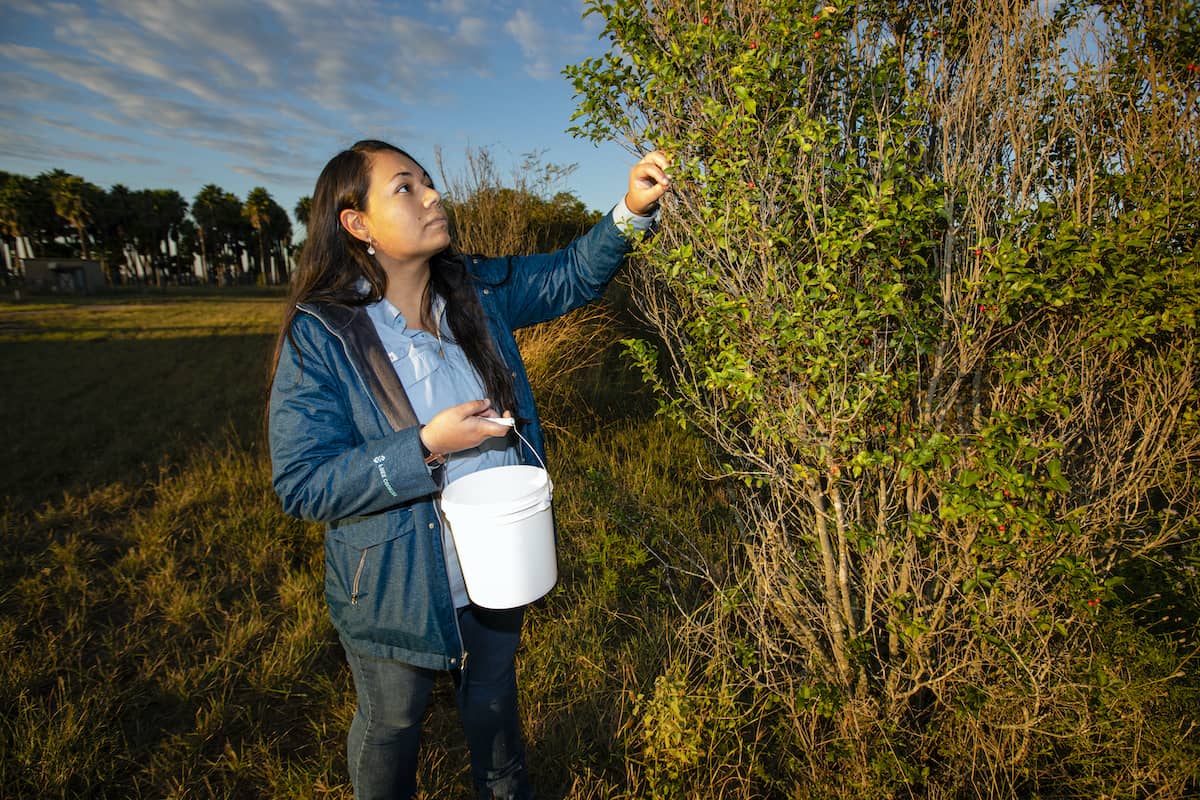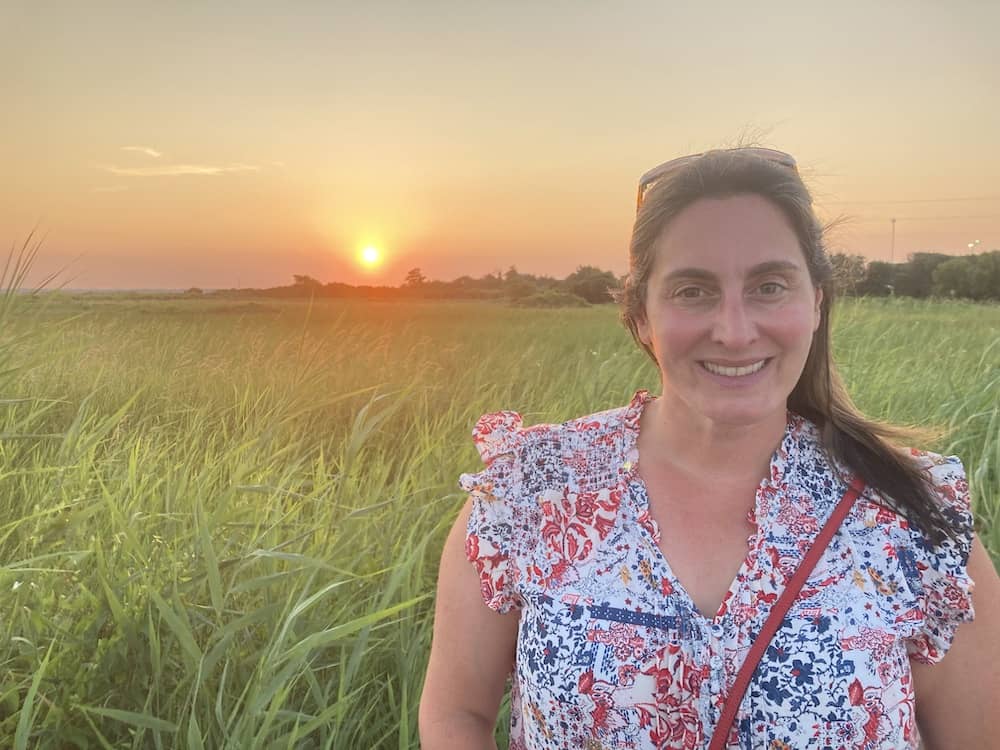Solving the national seedling shortage takes innovation and support from the business sector. We recently sat down with Anna Marciano, head of sustainability at Nespresso USA, a corporate leader that supports addressing the seedling crisis. Read on to learn how Nespresso’s support helped launch American Forests’ Seed Collection Corps and why the project’s mission resonated with the company.
Q: What do you do at Nespresso?
A: As head of sustainability at Nespresso USA, my role entails overseeing our sustainability strategy, which is core to our business. With the support of our cross-functional team, we ensure that the actions we’re taking as a company are aligned with our Positive Cup vision, which is all about creating a cup of coffee that has a positive impact on the world.

Photo Credit: Terrance Reimer / American Forests
Q: What about American Forests’ forest restoration work stood out to you when Nespresso decided to partner with the organization?
A: Supporting reforestation efforts is something we’ve been focusing on for decades at Nespresso, specifically looking at areas where our coffee farmers are located. Coffee needs shade to grow, and the trees planted on coffee farms help to improve the quality of the coffee harvest, in a win-win-win for farmers, coffee lovers and the planet. By collaborating with American Forests, we’ve been able to expand our support of reforestation efforts beyond the coffee farm, which is also so important.
Q: Nespresso has long-supported tree planting, to the tune of more than 5 million trees since 2014. Given that history, what did you think when you first heard about the seedling shortage?
A: Nespresso has been investing in agroforestry projects for the past 20 years, many of which focus on tree planting. But you cannot rebuild a forest without enough seedlings, which is a specialized practice all on its own. It’s way more involved than just picking a seed — seed collectors are experts in their practice. We learned that if we want to really make an impact, we must support seed collection along with reforestation efforts.
Q: Around this time last year, American Forests was getting ready to launch its Seed Collection Corps as a pilot in the Rio Grande Valley of Texas. What about this project appealed to you?
A: After having learned that building a robust climate- and drought-resilient seed bank is a top need for American Forests, we at Nespresso understood that helping start the Seed Collection Corps could have a major impact on the health and biodiversity of an ecosystem for the long-term. Supporting the Seed Collection Corps allows us to be part of building a brighter future, which appeals to us.

Photo Credit: Larry Ditto / American Forests
Q: What has the Seed Collection Corps in the Rio Grande Valley accomplished so far?
A: The new Seed Collection Corps has collected 122 pounds of seed in the Rio Grande Valley of Texas, unlocking the ability to grow 274,647 seedlings and reforest 274 acres.
Q: What is your vision and hope for building America’s seed stockpile?
A: Looking at the big picture, we want to help build resilient ecosystems that create stronger communities. Nespresso’s support of this seed stockpile is the first step in achieving that goal and our larger mission to have a positive impact on the world.
Q: What advice do you have for other corporations or individuals who might want to help?
A: Corporations and individuals can help by educating themselves on the importance of seed collection and collaborating with organizations, like American Forests and others, who are taking action to make an impact.
